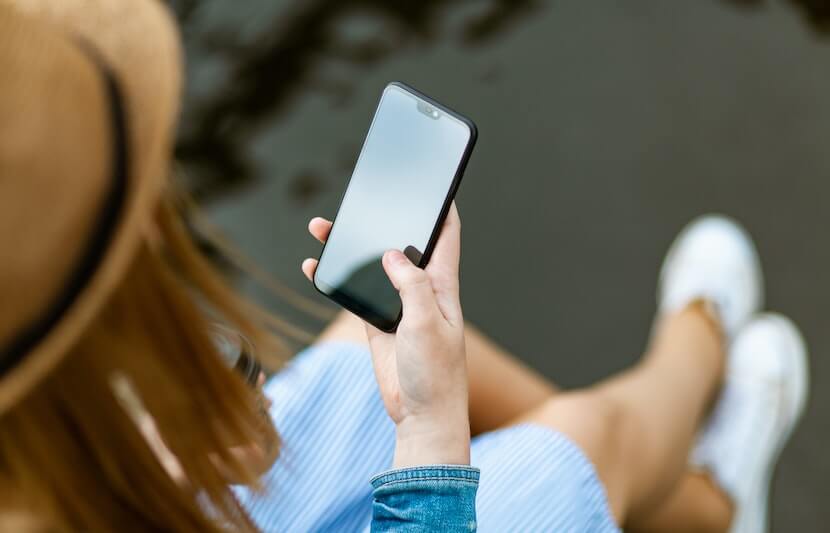Researchers at Washington State University have developed a low-cost, pocket-sized laboratory that works nearly as well as clinical laboratories to detect common viral and bacterial infections.
“This smartphone reader has the potential to improve access and speed up healthcare delivery,” Lei Li, assistant professor in the School of Mechanical and Materials Engineering at WSU and lead author of the study, said in a statement. “If we find out about infections, we can treat them more quickly, which makes a difference especially in low-resource, remote areas.”
The WSU team collaborated with the University of Pennsylvania’s Perelman School of Medicine.
Their paper is published in the journal Clinica Chimica Acta.
The best guess scenario
Across the country, doctors in underserved areas lack the resources they need to determine whether a patient has an infection or not.
They are sometimes forced to rely on a patient’s symptoms or take their best guess by looking at test sample color results, leading to inaccurate results.
Unfortunately, if they send the results to a lab in a distant city that has the appropriate testing resources, they then have to wait for a diagnosis, which often come days later. By that time, the infection may have already spread and becomes harder to contain.
Mobile health diagnostic devices exist, but their usefulness is limited in that they can only analyze one sample at a time.
However, now with the new portable reader, doctors in underserved areas can simply pull out their phones to accurately test the infection and treat patients accordingly.
The team’s motive was to “turn smartphone into something more than just making a call or taking a picture,” said Lei Li, assistant professor in the School of Mechanical and Materials Engineering at WSU and lead author of the study. “Smartphone is a powerful tool and it can help us in many other ways.”
The pocket-sized lab
The researchers proved that their portable reader, a little bigger than a smartphone, worked nearly as well as standard lab testing in detecting 12 common viral and bacterial infectious diseases, such as mumps, measles, herpes and Lyme Disease.
With a smartphone simply placed on top, the device takes a photo of 96 sample wells at once and uses a computer program to carefully analyze color to determine positive or negative results.
The researchers tested the device on 771 patient samples at the Hospital of University of Pennsylvania and found that the results were accurate 97 to 99.99 percent of the times.
The researchers were able to build the device for about $50. But, according to Li, the manufacturing cost would probably be lower than that.
The Next Step
The team has filed a patent, and hopes to move forward with clinical trials. Their intent is to ultimately make the device available on the market.
The researchers believe their device will bring faster and lower-cost lab results for fast-moving viral and bacterial epidemics, especially in rural or lower-resource regions where laboratory equipment and medical personnel are sometimes not readily available.
“Underserved areas can conduct the same quality tests with much less cost and time by using these kind of smartphone devices,” said Li.



